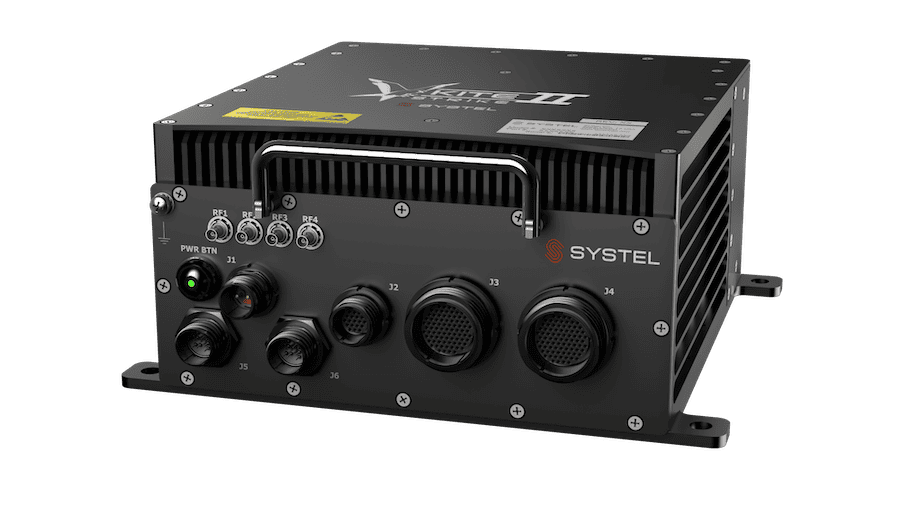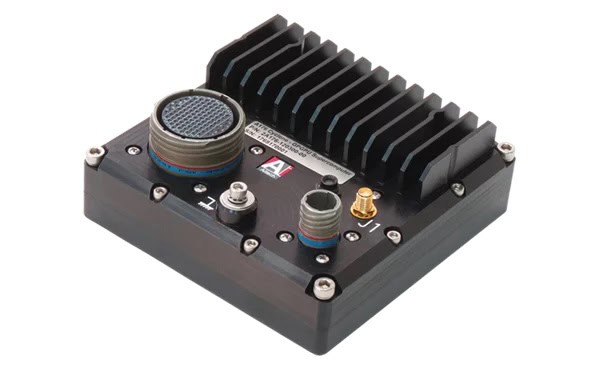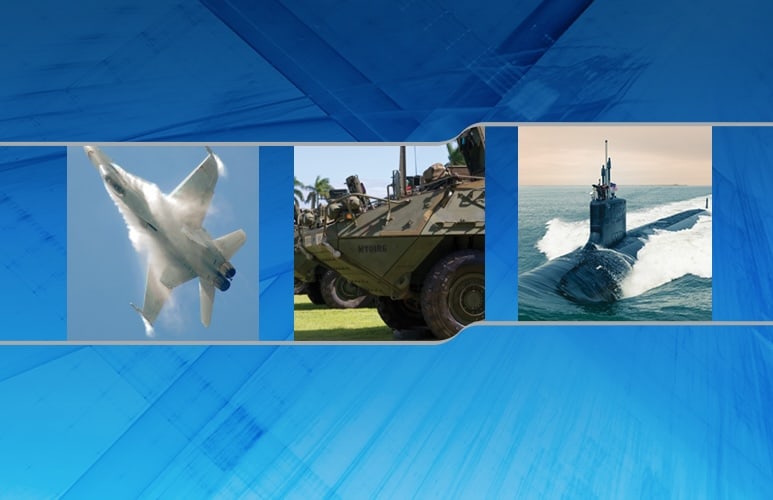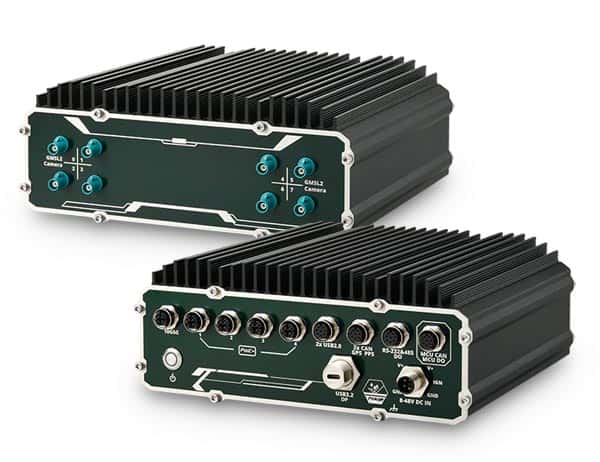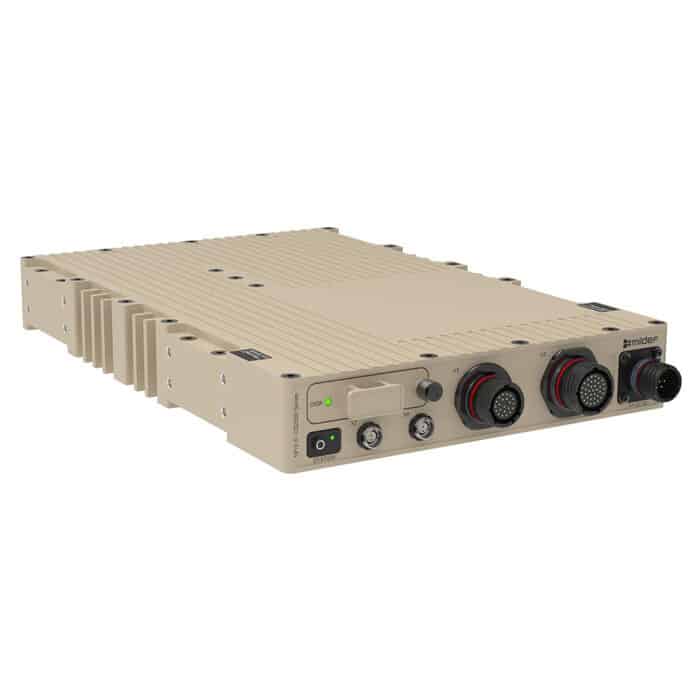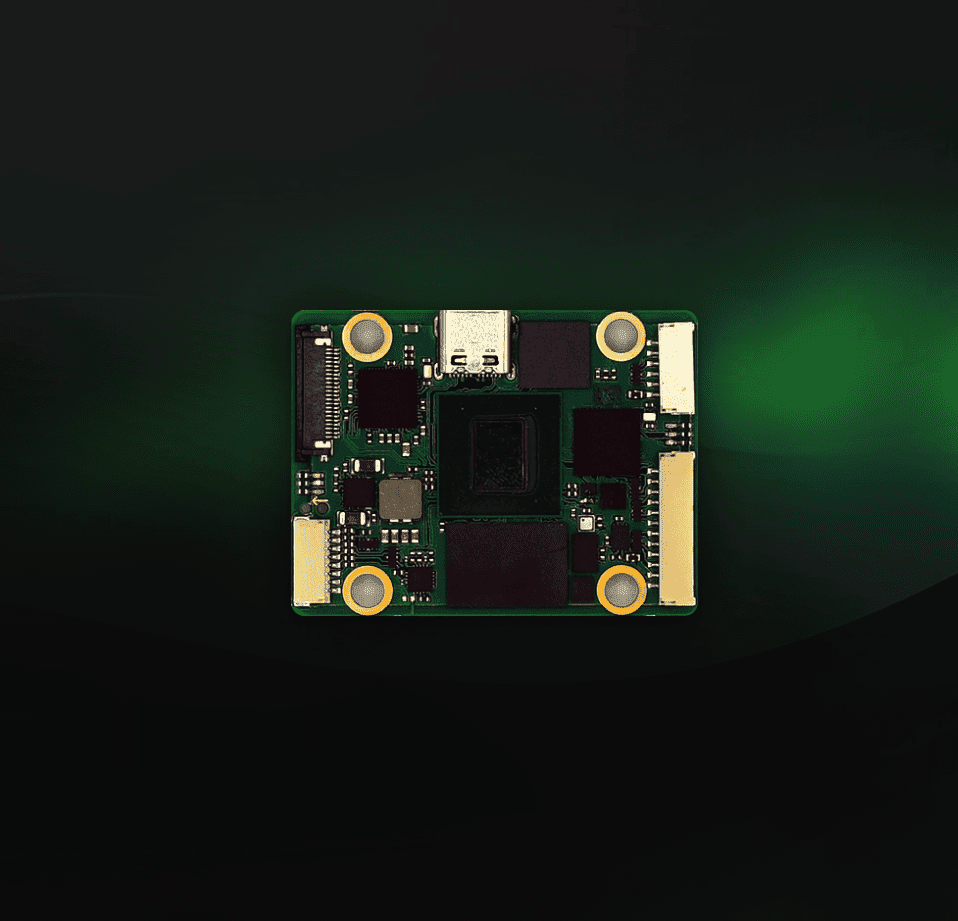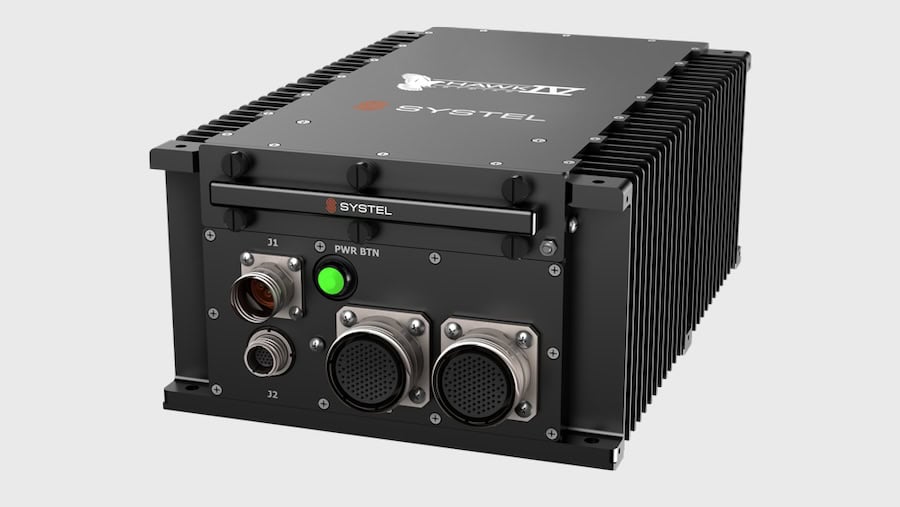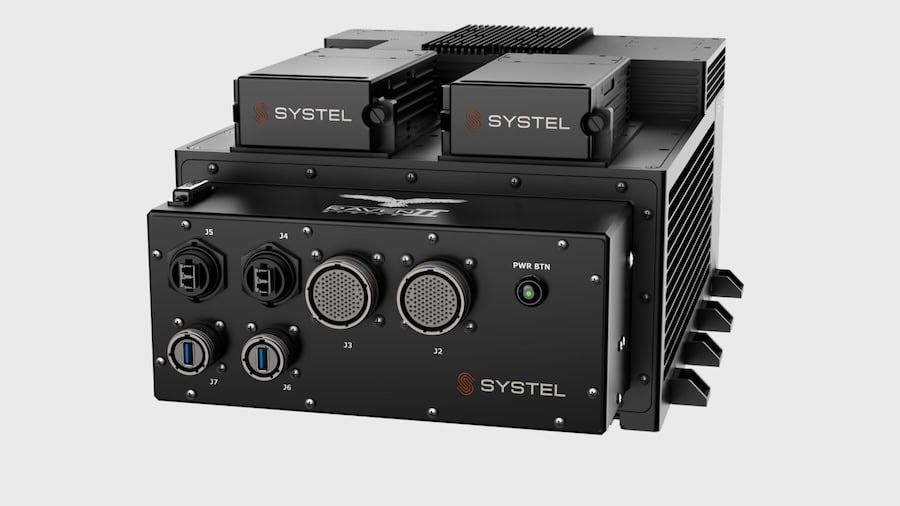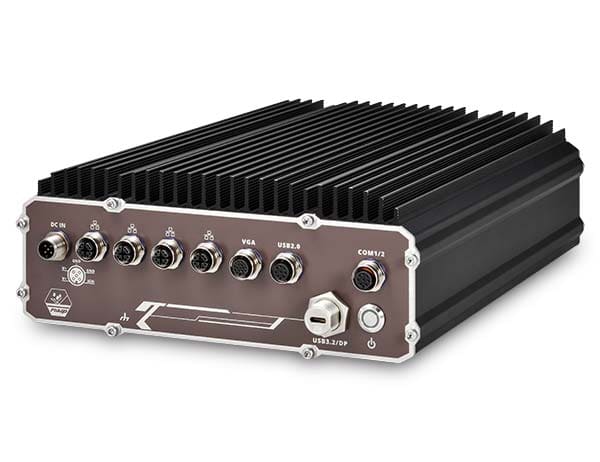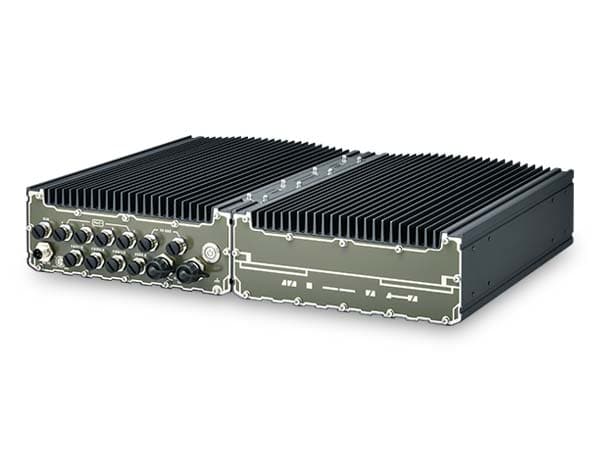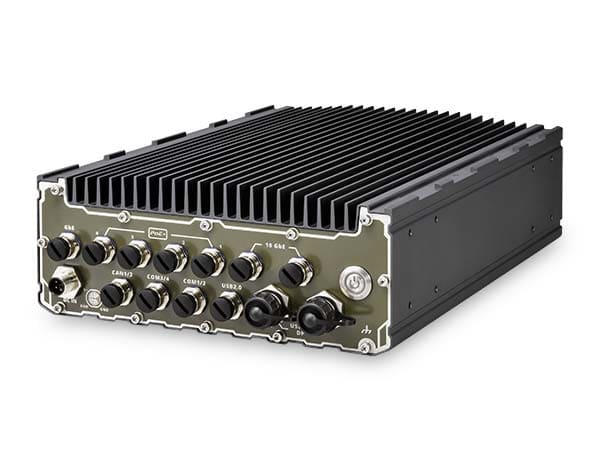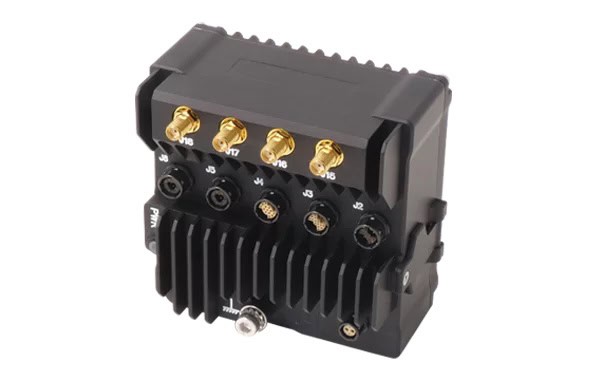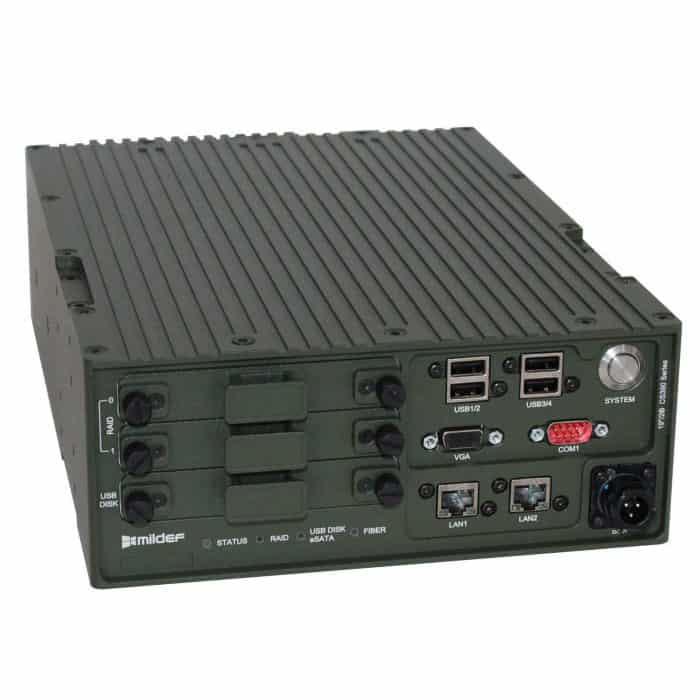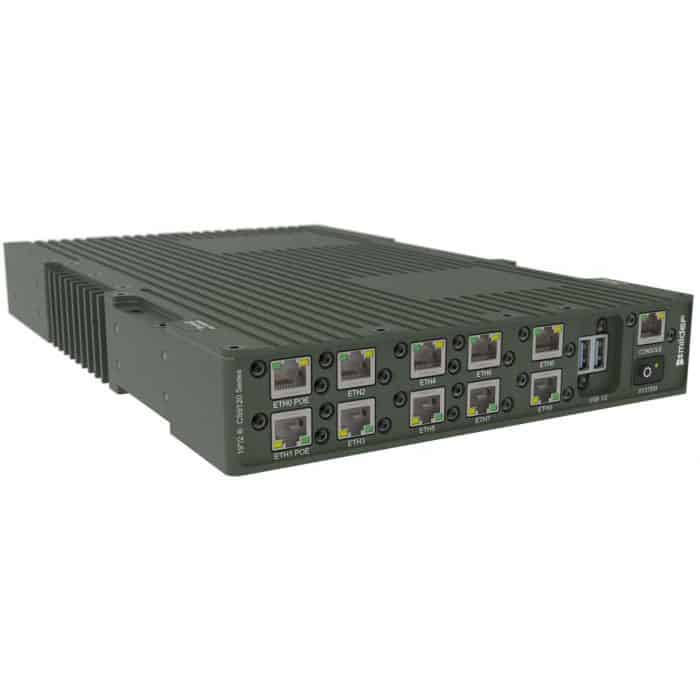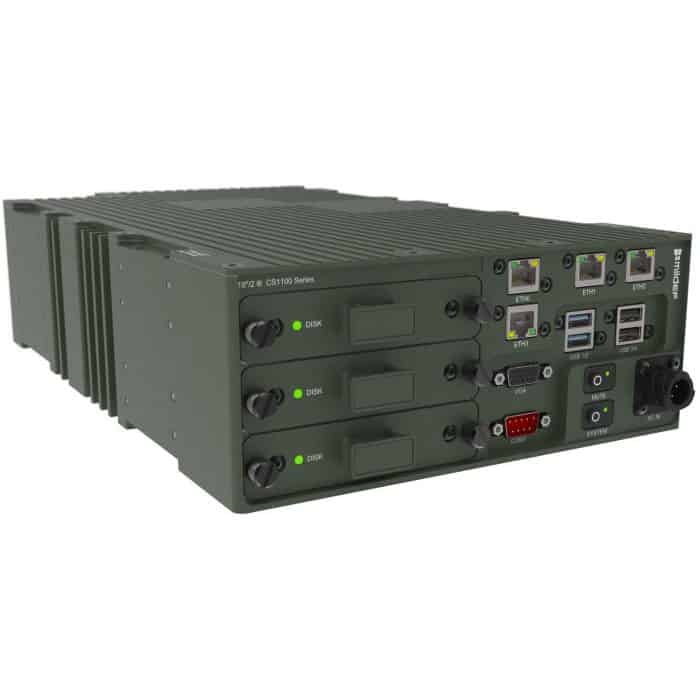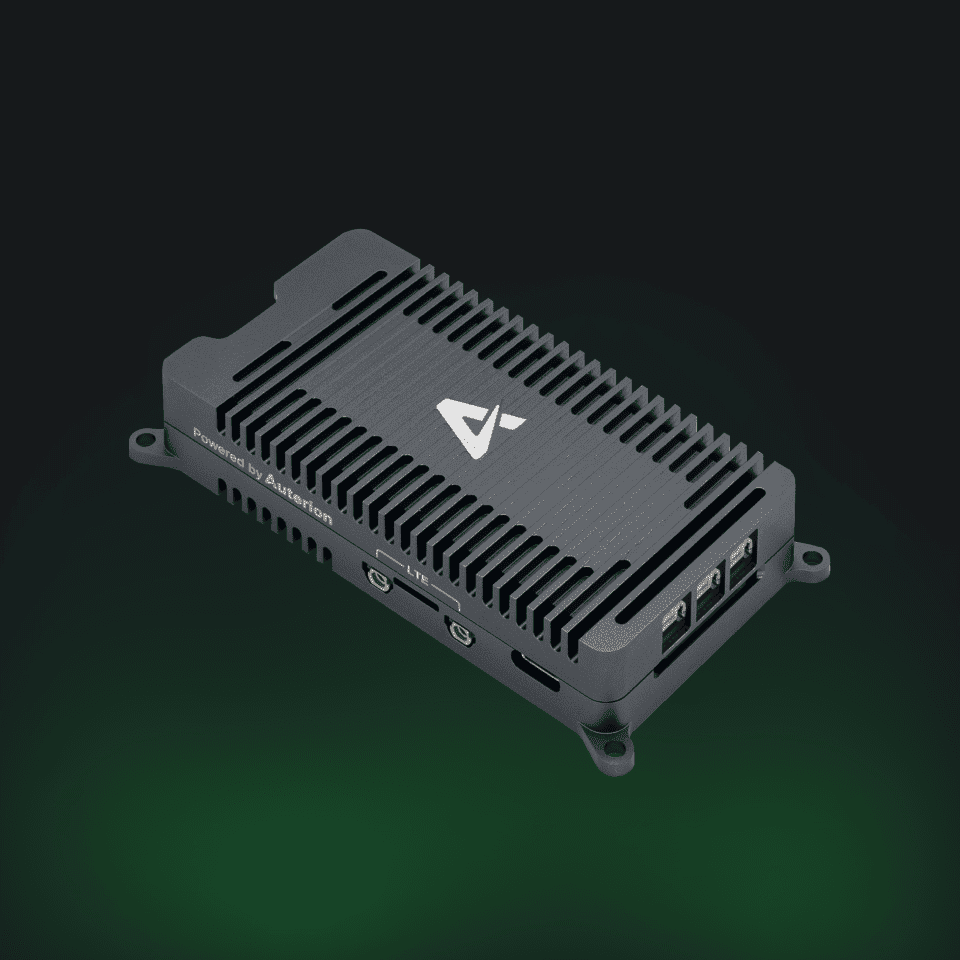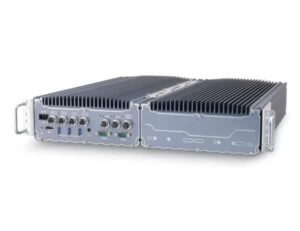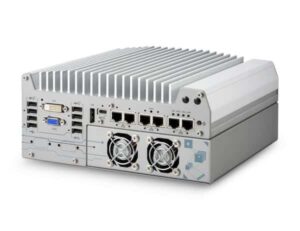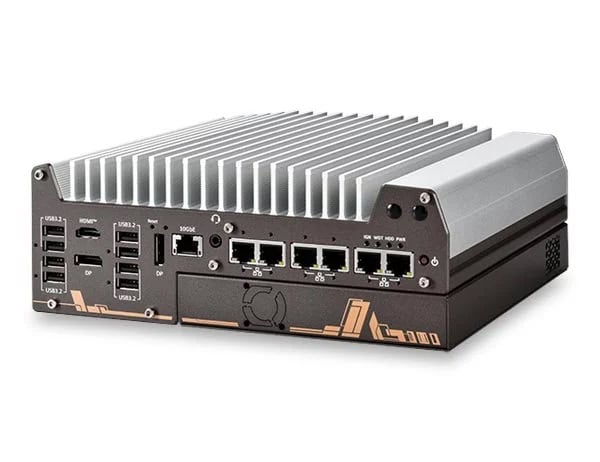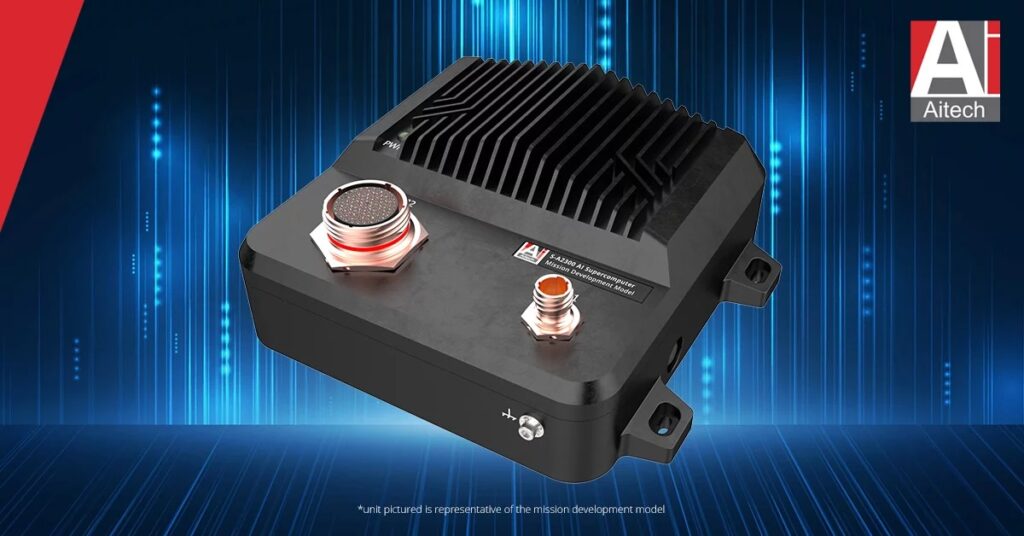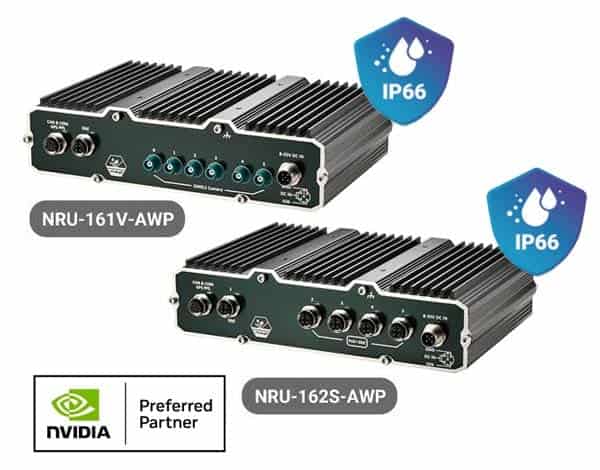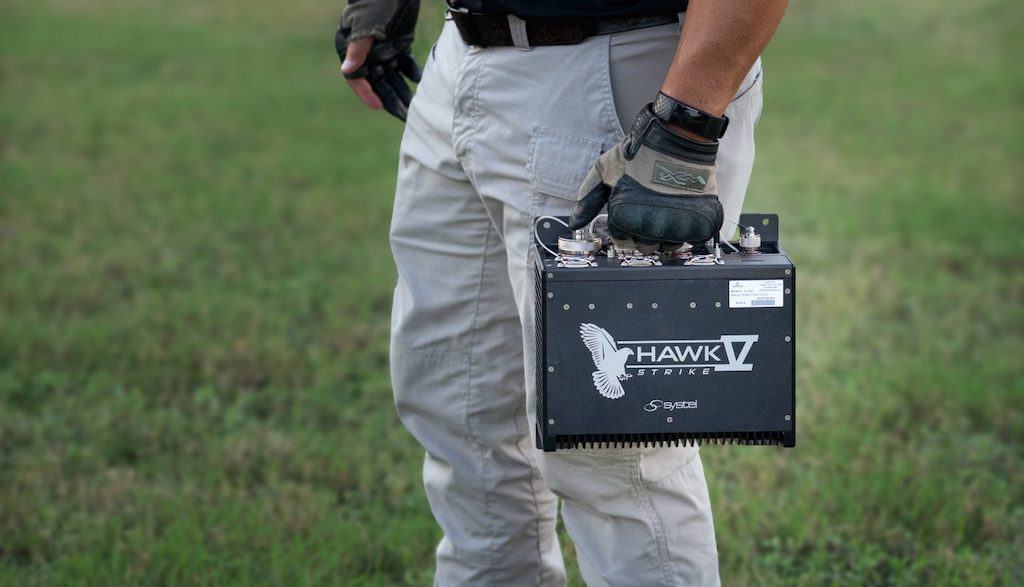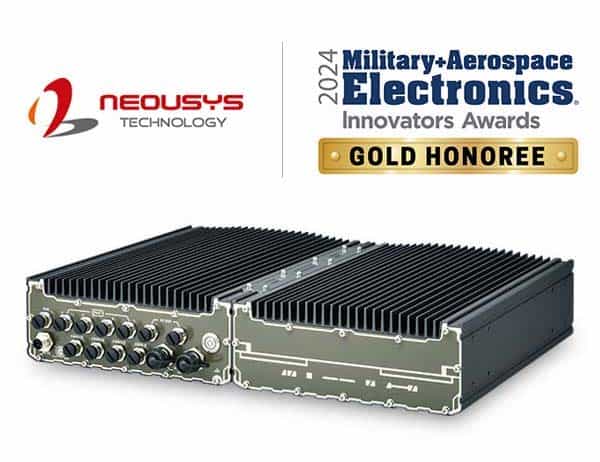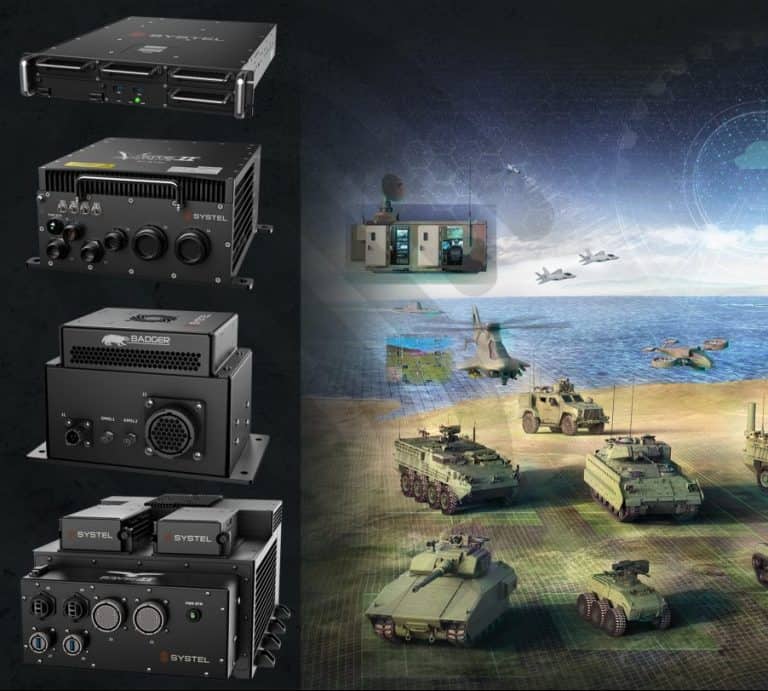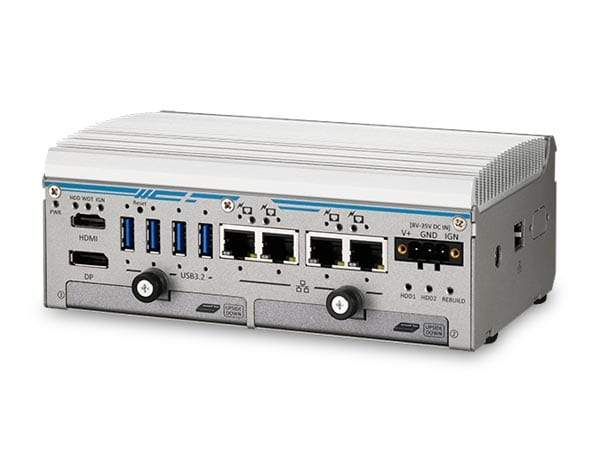Rugged mission computers provide a wide range of critical data processing functionalities for manned and unmanned aircraft, ground vehicles, naval vessels and other military platforms.
They may manage flight and navigation functions, communications, and the transformation of sensor and payload data into enhanced situational awareness for pilots and operators.
Aircraft and ground vehicle mission computers may be manufactured in a number of form factors:
- They may be designed only for a specific aircraft or platform, or may fit common standards such as 3U and 6U VPX and VME.
- SWaP (size, weight and power)-limited platforms such as UAVs may require small form factor mission computers.
- Military mission computing systems may also be SOSA-aligned (Sensor Open Systems Architecture) to ensure interoperability within branches of the U.S. Department of Defense (DoD).
- They may be designed around a variety of different CPUs, and may also include GPUs or other specialized embedded computing systems that enable accelerated performance for artificial intelligence (AI) and machine learning.
- They may also be designed with an open architecture, which may allow them to be platform-agnostic and to easily integrate new technologies.
Some advanced mission computers may provide two separate computing units in the same box, making them ideal for situations requiring two operators working with separate sensors.



